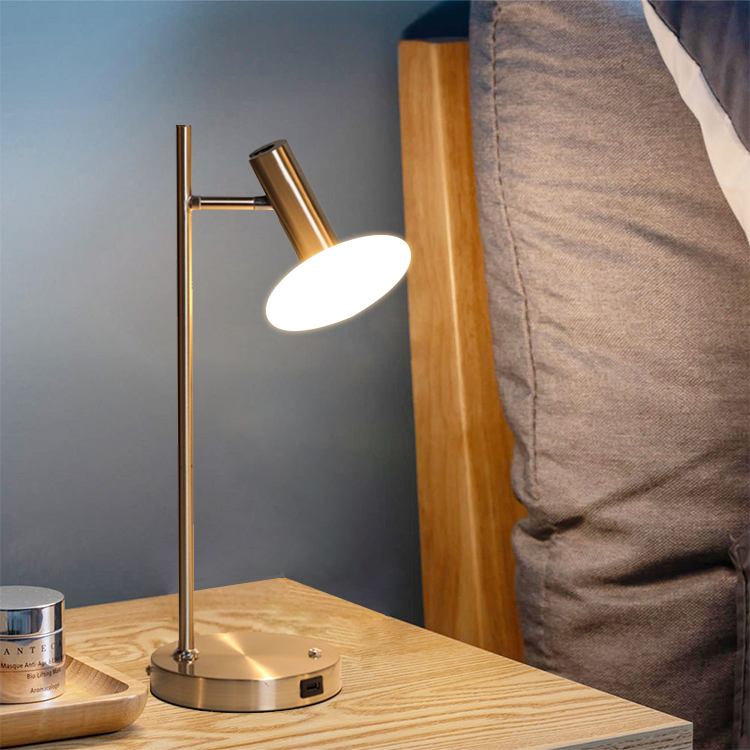The bedroom is mainly a place to rest, so the lighting should be as soft as possible, and try to choose a low color temperature lamp that cannot directly look at the light source. If it is a fixed color temperature lamp, it is usually recommended to use 2700-3500K. Such lighting can create a cosy living environment, suitable for resting and falling asleep as quickly as possible.
Not only the color temperature, but also the illumination angle of the light should be paid attention to. The light should not be directly on the bed surface, especially the main light source of the bedroom. For reading lights, try to choose the ones with less radiation range and more concentrated light.
According to our usual lighting habits in the bedroom, we have summarized the three most basic functions:
1. Daily Lighting
2. Bedtime lighting
3. Night lighting

Then there is bedtime lighting. Most people like to play with their phones or read paper books such as magazines before bed, so bedside lamps play a huge role.



By the way, don't think about reading with a wall sconce with spotlights, that sucks. If you need to brush your phone, you can get an ambient light, such as a light strip, wall lamp or pendant lamp.
Finally, for night lighting, some ceiling lamps have their own moonlight mode, and you can also set the time period to turn on, but it is not so convenient to use. It is recommended to use a small night light, such as the sensor light on the edge of the bed. When the foot touches the ground, the sensor light will turn on, and because it is a low-level lighting, it will not affect the sleeping person.
According to the design of the bedroom with or without main lights:
1. There are main lights: ceiling lights + downlights / spotlights / light strips / wall lights
2. No main light: light strip + downlight / spotlight + wall light
Personal thoughts are more inclined to the design of no main light, first of all, it is visually clean, not crowded, and the light output is more uniform, easy to install, easy to maintain, and sufficient brightness.
It should be noted that downlights and spotlights are not recommended for bedside. If spotlights are really needed, low-power spotlights with deep anti-glare can be used in the middle and rear of the bed. Note that it is low power, 3-5W is completely sufficient. Facing the large white wall in the bedroom, you can also use two low-power spotlights to wash the wall. And the distance from the wall should be controlled at 30cm as much as possible to avoid the discomfort caused by the strong beam in the center of the spotlight.
In addition, if the bedroom has functional areas such as desks and dressers, then you can arrange corresponding lamps. The wardrobe can be better with in-cabinet lighting.
The most common lighting in the cabinet is the use of line lights, and the line lights are divided into two types: straight light and oblique light. In order to avoid looking directly at the light, it is recommended to use oblique lighting if there is no folded edge of the cabinet to block it. As for the installation method, it is recommended to use embedded installation. First, slot the lamp according to the size of the lamp, and then embed the pasted lamp.
It should be noted that: the wardrobe cannot be used for back light, and the back light will be blocked by clothes.


